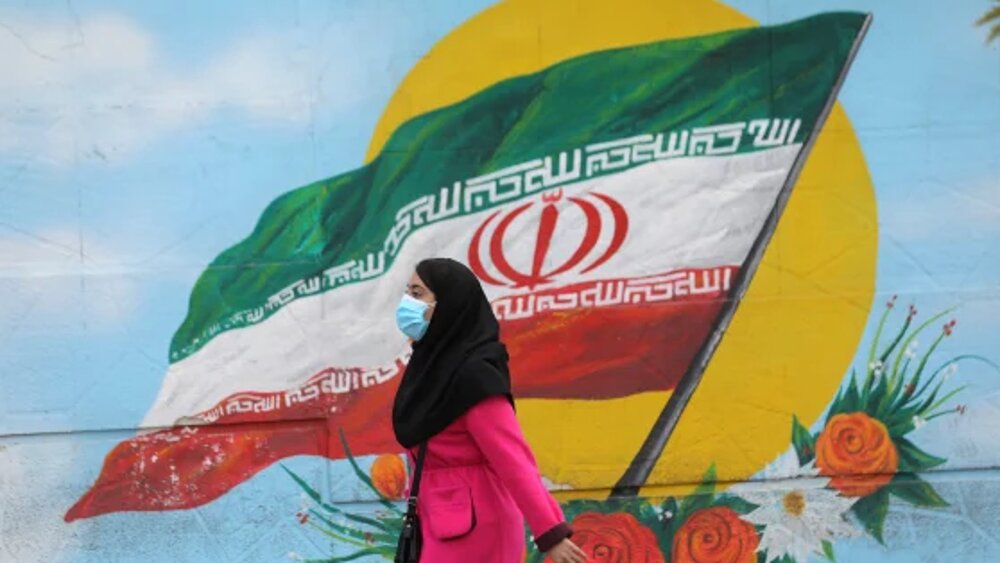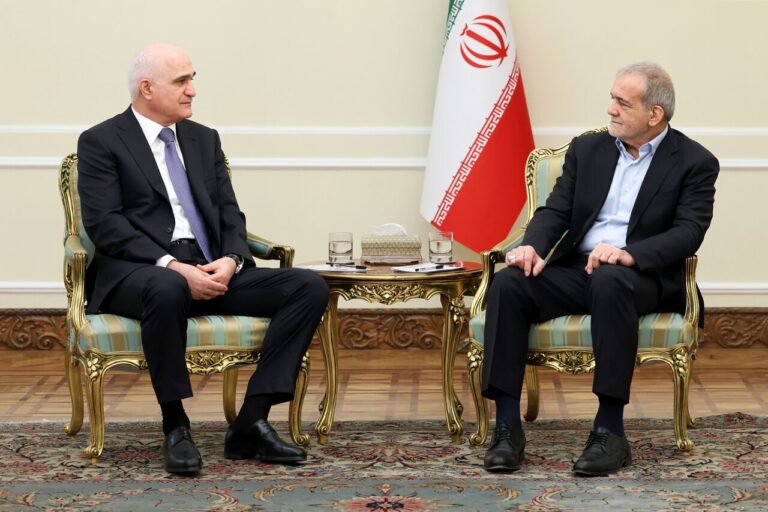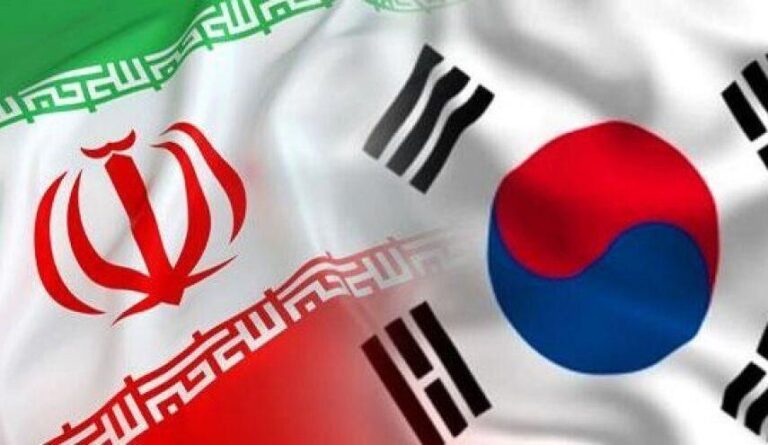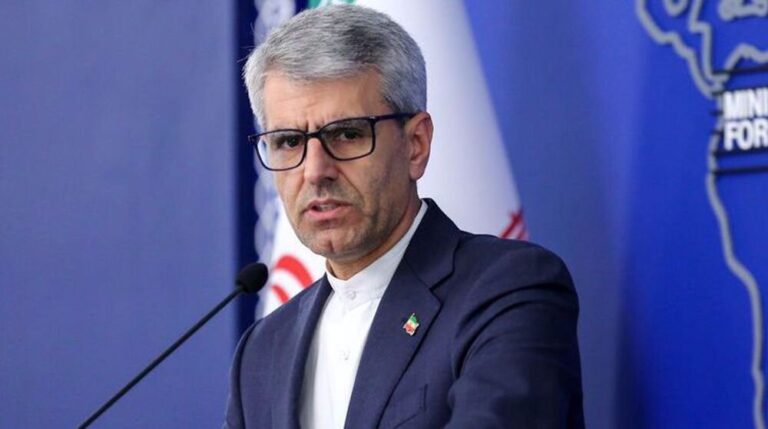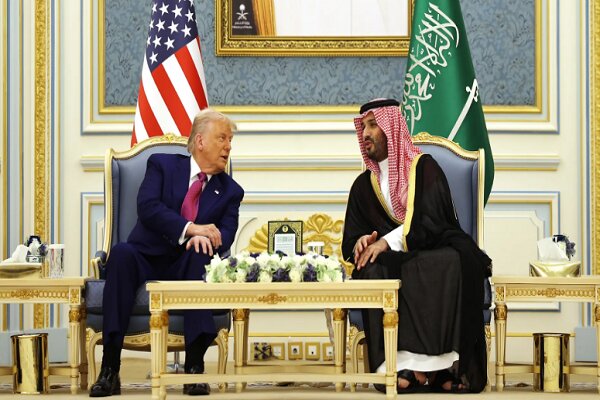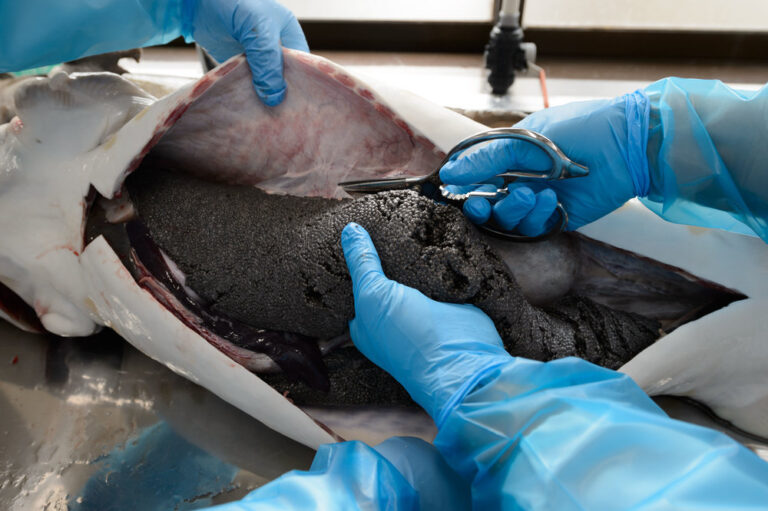Iran’s Economic Renaissance: A Post-Islamic Revolution Revival
Inflationary pressures affecting households due to the frequent rise in commodity prices have left policymakers grappling with the challenge of bolstering the economy and achieving self-sufficiency, a key aspect of the country’s revolutionary ideology. This situation is particularly relevant in the context of Iran’s economic landscape, where the interplay of historical events and current policies shapes its future.
The Islamic Revolution of 1979 marked a significant turning point in history, igniting a global movement aimed at harmonizing Muslim political thought while purging external Western influences. This shift was pivotal in establishing a foundation for a devout and unified Ummah.
During the early years of the new republic, economic aspirations took precedence. The focus shifted from the elite urban populace to the impoverished rural classes, significantly enhancing access to essential services such as:
- Electricity
- Water
- Education
These changes led to substantial improvements in the livelihoods of many Iranians, largely fueled by a surge in oil revenues. This economic boon coincided with a dramatic increase in the population, which nearly doubled from 37 million in 1979 to around 84 million by 2020. This baby boom provided a generation of Iranians born post-revolution with improved educational opportunities.
While some economists argue that this rapid population growth hindered economic recovery, others contend that persistent Western hostility towards the Islamic Revolution and its swift ascension rendered Iran a frequent target for terrorism and aggression.
The discovery of rich oil reserves in the 19th century turned Iran into a focal point for imperial interests, initially attracting British involvement, which was later replaced by American influence. Since the revolution, Iran has faced numerous challenges, including enduring sanctions from the US and Europe that have significantly stunted its economic growth. Additionally, the eight-year war instigated by Iraqi dictator Saddam Hussein, supported by both Western and Soviet powers, further complicated the situation.
Despite ongoing sanctions, Iran has demonstrated resilience, using these coercive measures as a catalyst for indigenous progress. Critics often dismiss the idea of economic revival under sanctions, yet historical examples from countries like China, Japan, South Korea, and Germany post-World War II illustrate how challenges can be transformed into opportunities.
According to the World Bank, Iran’s gross domestic product (GDP) has surged to over $401 billion as of 2023, compared to just $90 billion in 1979, when the revolution commenced. This remarkable growth indicates that Iran has cultivated a resistance system against external pressures, fulfilling a long-standing objective of its leadership.
To maintain sustainable growth, however, economic policies must prioritize:
- Reducing reliance on oil
- Fostering knowledge-based industries
- Expanding regional trade
- Strengthening the private sector
Iran possesses untapped potential within its industrial, agricultural, and technological sectors, which can significantly enhance economic growth and improve its global economic standing. The concept of economic resistance embodies efforts to bolster the nation’s economic fortitude against both internal and external shocks. This approach focuses on identifying and managing pressure points, ultimately transforming challenges into opportunities.
In essence, a resistive economy aims to minimize dependency while promoting the benefits of domestic production and self-reliance. Iran is not lacking in natural and human resources; rather, it requires a well-defined strategy to regulate and develop its economy based on a coherent economic model.
As policymakers navigate the complexities of inflationary pressures and external sanctions, the path to economic stability and self-sufficiency remains a critical goal for Iran’s future.
